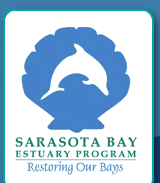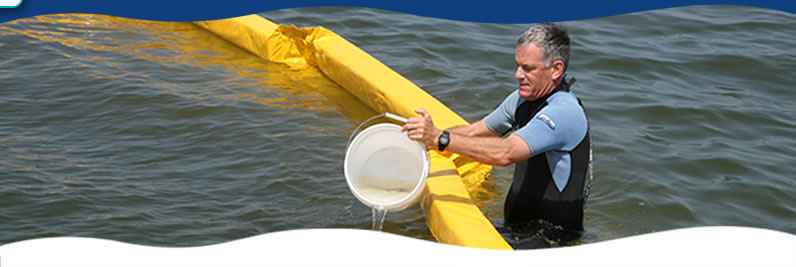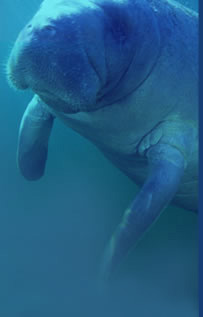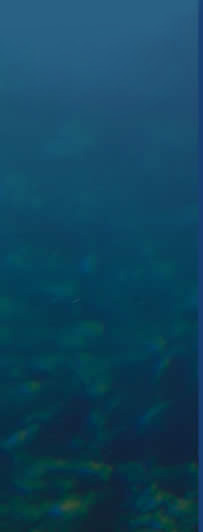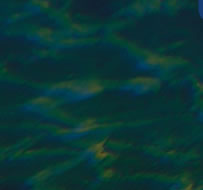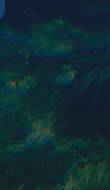
The Florida Fisheries-Independent Monitoring (FIM) Program Comes To Sarasota Bay
The Fisheries-Independent Monitoring (FIM) program is a statewide, long-term program designed to monitor the relative abundance of Florida’s fisheries resources. This program, developed, conducted and managed by the Florida Fish and Wildlife Research Institute (FWRI), has three primary goals: 1) address the critical need for effective assessment techniques for an array of species and sizes of fishes and selected invertebrates, 2) providing timely information for use in management plans, and 3) monitoring trends in the relative abundance of fishes and selected invertebrates in a variety of estuarine and marine systems throughout Florida.
The FIM program has been in existence since the late 1980s. Over the years, program personnel have developed standardized sampling techniques to collect fish and selected invertebrates in many of the state’s estuaries, tidal rivers and coastal areas. Because the FIM database is long-term, is based on a standardized sampling with a variety of gears and techniques, and covers a broad geographic area, researchers at FWRI and elsewhere find it useful for a variety of scientific and management purposes. Some of these purposes include preparation of species inventories, documentation of a particular species’ habitat and dietary requirements, fish and estuarine health, development of ecosystem models, and assessment of the implications of water-resource management actions. Thus, the Sarasota Bay Estuary Program (SBEP) is very excited to welcome the FIM program into Sarasota Bay, since they are well-positioned to monitor fish and selected invertebrate populations in our waters.
The FIM program uses a stratified-random sampling design to select sampling sites. Sarasota Bay will be divided into sampling zones based on the major bay segments, which include Palma Sola, Sarasota, Roberts, Little Sarasota, and Blackburn bays. Each bay segment will be further subdivided into one square nautical mile grids from which randomly selected sampling sites are selected. Trawls and seines are used in a variety of habitats in order to catch a wide size range of fishes. Small seines are used to collect juvenile and sub-adult fishes in shallow areas. Otter trawls are used to collect fish in deep water, and large seines are used to collect adult fish in shallow water along shorelines. Abundance estimates will be standardized to number of animals per 100 m2, and data will be summarized separately for all species and for species of special recreational or commercial importance.
Additional data on water quality, habitat characteristics, and physical parameters are recorded for each sample. All fish and select invertebrate species (i.e., blue crabs, stone crabs, and “pink” shrimp) are identified, counted and measured. All animals are released except for a few representative samples of each taxon for laboratory confirmation and samples that may be required for specific research projects.
The FIM program is a valuable addition to the Sarasota Bay Estuary Program because local fisheries information is scientifically collected using statistically-valid sampling methods. This makes these data much more useful and appropriate for assessing population trends in entire fish communities than fisheries-dependent data, which is gathered primarily from interviews with fishing guides and anglers. Fisheries-dependent data tend to provide a more biased view of the fish community since only economically valuable species are generally reported, and measuring how such factors as fishing effort, gear type, bait, and other variables influence the data becomes problematic.
The FIM program will start this summer. We look forward to learning more about our resident fish communities and sharing this information with you. For more info about FIM or other SBEP research contact our staff scientist Dr. Jay Leverone at jay@sarasotbay.org or 941-955-8085.
|

